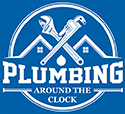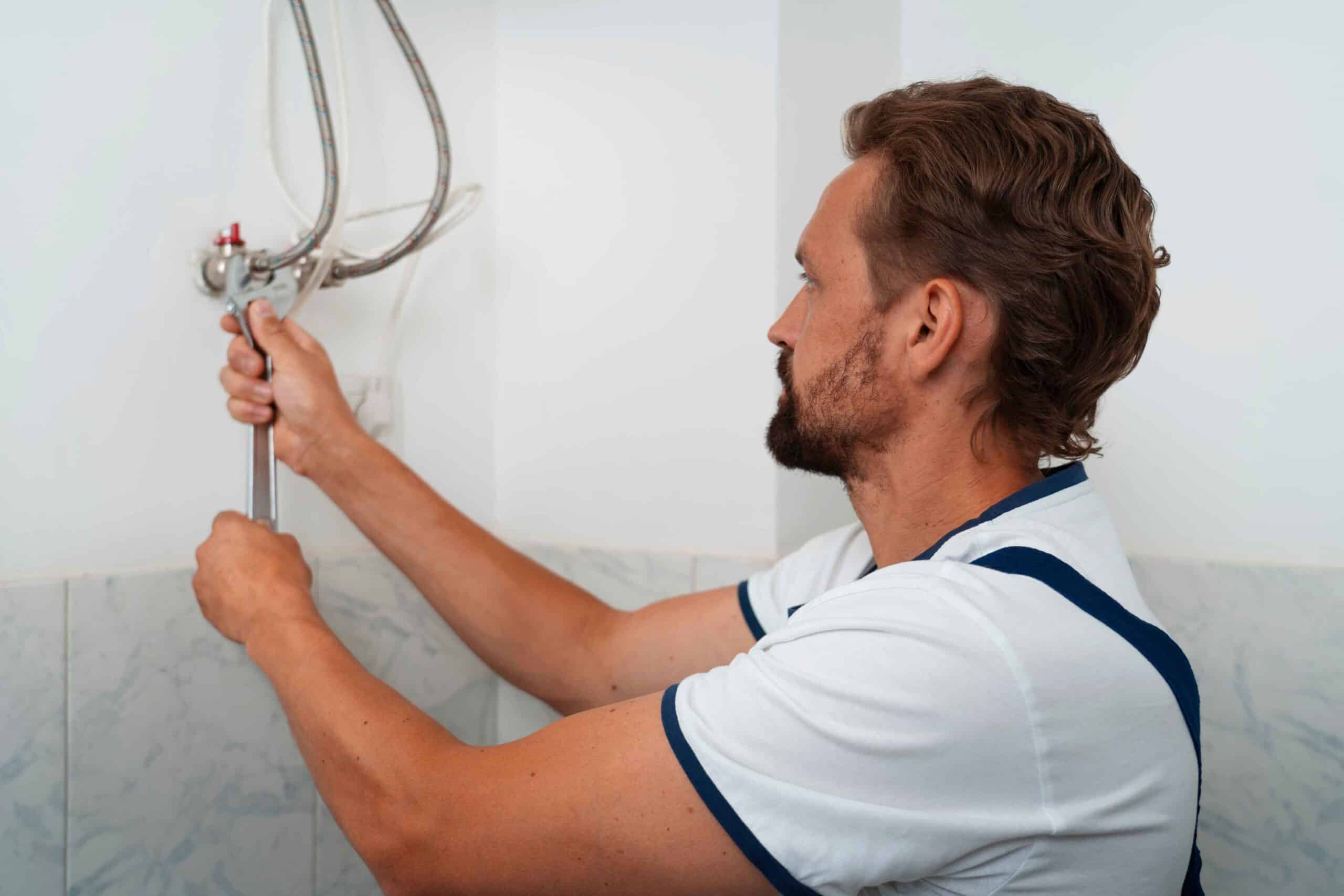
To install shower plumbing effectively, assemble necessary tools and materials such as a pipe cutter, Teflon tape, and a pipe wrench. Prepare the area by inspecting for damage, removing old fixtures, and confirming alignment with new ones. Clean the space thoroughly before installing shower pipes. Cut and secure pipes following building codes, use appropriate materials and align them with fixtures. Connect fixtures securely by verifying compatibility, applying plumber’s tape, and following manufacturer instructions. After installation, test for leaks by turning on the water supply. Regular plumbing maintenance can prevent future issues and ensure everything functions smoothly. Following these steps guarantees a successful shower plumbing installation.
Various essential tools and materials are required to install shower plumbing successfully. To begin with, a pipe cutter is necessary to cut the pipes accurately to the required lengths. Furthermore, a reamer or deburring tool is essential to remove any sharp edges or burrs created during the cutting process, guaranteeing a smooth connection. Teflon tape or thread sealant is necessary to develop leak-proof seals between pipe fittings. Plumbers tape should also be used on shower arm connections to prevent leaks.
Moreover, a pipe wrench is indispensable for securely tightening and loosening pipe fittings. Adjustable pliers are needed for tasks such as tightening nuts and bolts. A level is crucial to ensure all pipes and fixtures are aligned correctly. To prevent water leakage, silicone caulk is essential for sealing gaps between the shower walls and the plumbing fixtures. Lastly, safety equipment such as gloves and safety glasses should be worn at all times during the installation process to prevent accidents.
To prepare the shower area for plumbing installation, it is critical to thoroughly clean and inspect the designated space to verify it is free of any debris or obstructions that may impede the installation process. Start by removing existing fixtures, such as old showerheads, handles, and pipes. Next, clean the area to confirm there is no mold, mildew, or grime present, as these can cause issues with the new plumbing installation. Inspect the walls and floors for any signs of damage, such as leaks, cracks, or water stains, and address these issues before proceeding.
Additionally, ensure the plumbing layout aligns with the new fixtures’ positioning. Check the water supply lines and drain pipes to validate they are in good condition and can accommodate the new plumbing setup. Measuring the shower area accurately is vital to correctly placing the latest fixtures and pipes. By meticulously preparing the shower area, you can create a solid foundation for a successful plumbing installation.
Before proceeding with installing the shower pipes, ensure that the designated shower area has been thoroughly cleaned, inspected, and prepared as detailed in the previous subtopic. Once the area is ready, you can begin installing the shower pipes. Start by determining the layout for the pipes, ensuring they align with the shower fixtures and water supply lines. Using the appropriate pipe material for your installation, such as copper, PVC, or PEX, is essential based on local building codes and personal preference.
Next, cut the pipes to the required lengths using a pipe cutter, ensuring clean, straight cuts. Deburr the cut edges and remove any burrs using a deburring tool to prevent interference with water flow. Secure the pipes using suitable fasteners, ensuring they are adequately supported to avoid sagging or movement.
Have you verified that the shower fixtures are compatible with the selected pipe material and meet the specifications for your installation? Connecting shower fixtures is a critical step in the shower plumbing installation process. Begin by attaching the showerhead, ensuring a tight and secure connection to prevent leaks. Apply the plumber’s tape to the threads before attaching them to promote a watertight seal.
Next, connect the shower handles or knobs according to the manufacturer’s instructions. Use a wrench to tighten the connections, being careful not to overtighten and potentially damage the fixtures. If your shower includes a handheld sprayer or additional features, follow the specific guidelines to connect these elements correctly.
After securing all fixtures, turn on the water supply to check for leaks. Monitor the connections closely, adjusting as needed to eliminate drips or seepage. Properly connecting shower fixtures ensures the functionality and longevity of your shower system.
Other Plumbing Tips:
| M | T | W | T | F | S | S |
|---|---|---|---|---|---|---|
| 1 | 2 | 3 | 4 | |||
| 5 | 6 | 7 | 8 | 9 | 10 | 11 |
| 12 | 13 | 14 | 15 | 16 | 17 | 18 |
| 19 | 20 | 21 | 22 | 23 | 24 | 25 |
| 26 | 27 | 28 | 29 | 30 | 31 | |

